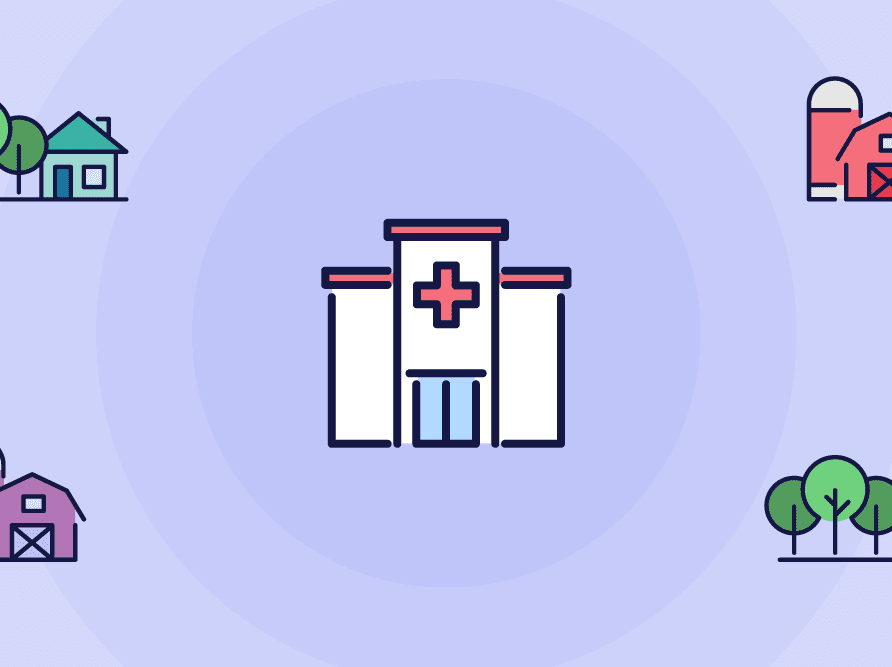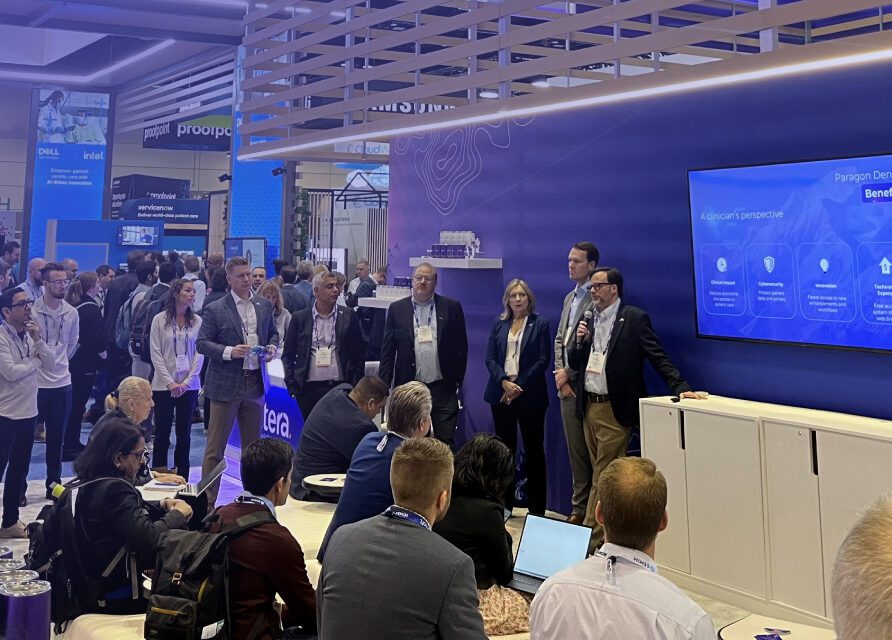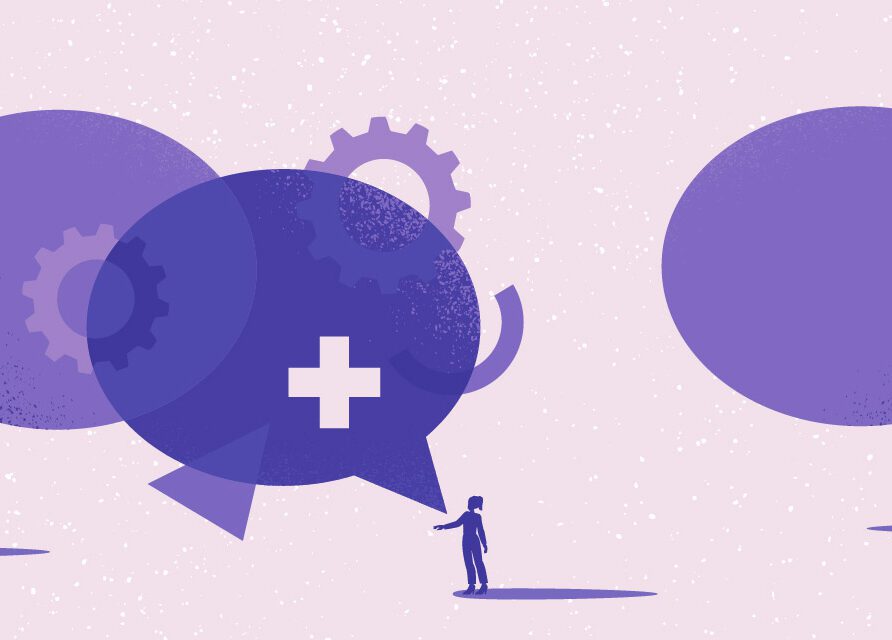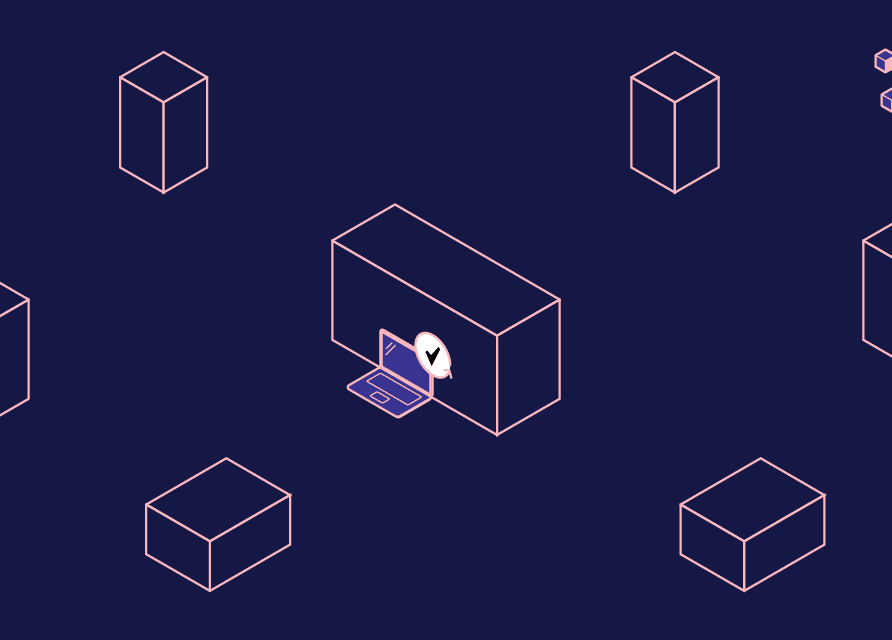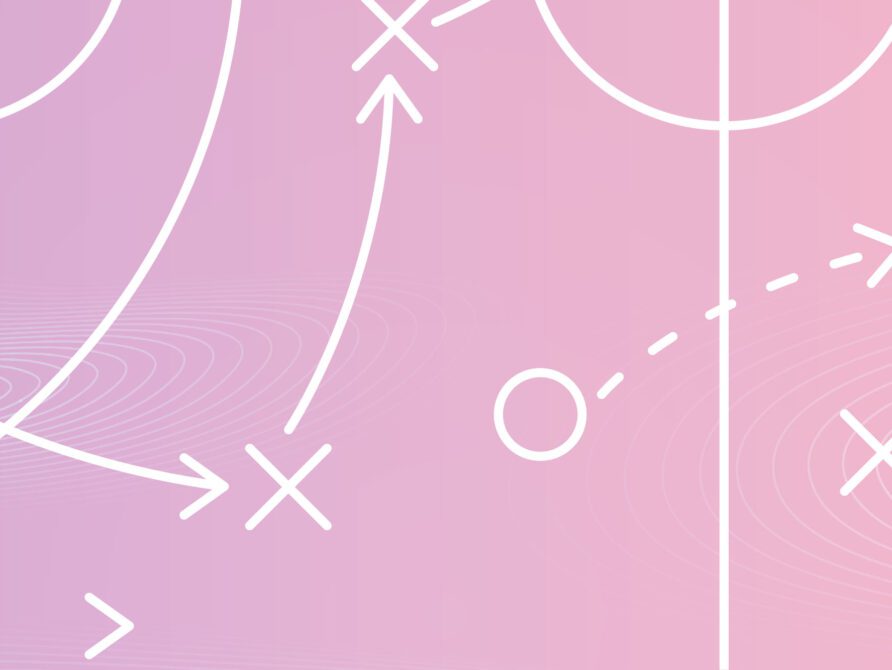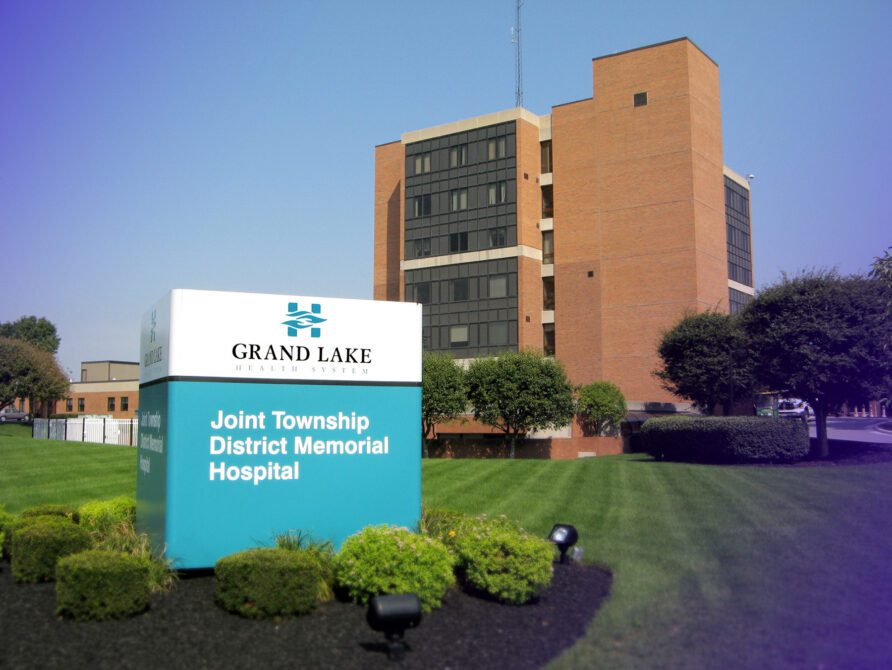Article
Is health IT a catalyst for burnout—or for change?
Throughout the pandemic, Altera Digital Health has highlighted the rise of clinician burnout. Even before the arrival of COVID-19, this was one of the thorniest challenges facing the healthcare industry. While there is no single contributor, we can work toward a better workplace for clinicians everywhere by tackling some of the most commonly cited sources of frustration.
It is no secret that technology is often a stressor for clinicians—especially health IT like electronic health records (EHRs). What if, instead of being a problem, technology could be a solution to burnout? At Altera, we believe a new era of healthcare is possible with the Platform of Health.
Here are a couple of the top health IT issues we aim to address with the Platform of Health.
Filling in clinical data gaps
When EHRs began replacing paper charts, stakeholders across the industry were excited about the many ways vast quantities of data could be 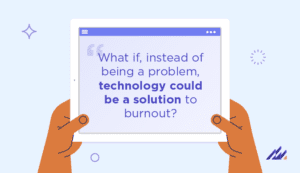 leveraged to improve patient outcomes. In reality, traditional EHRs have not provided the value many anticipated. The lack of interoperability across (and even within) systems has contributed to inconsistent, duplicative and missing clinical information. As a result, clinicians must spend extra time searching within patient records to try and find the information they need.
leveraged to improve patient outcomes. In reality, traditional EHRs have not provided the value many anticipated. The lack of interoperability across (and even within) systems has contributed to inconsistent, duplicative and missing clinical information. As a result, clinicians must spend extra time searching within patient records to try and find the information they need.
This is problematic for multiple reasons. First, many countries are facing clinician shortages that are projected to worsen in the coming years. Time wasted using ineffective technology means the shrinking pool of clinicians has less time to spend with patients. Additionally, the lack of a complete patient view impedes decision-making, which can impact clinicians’ confidence and professional satisfaction.
Standards-based technology is necessary to patch the holes in clinical data. The Platform of Health and all new Altera applications are or will leverage Fast Healthcare Interoperability Resources (FHIR). This enables our solutions to bring in data from discrete sources, such as the Carequality network and other external FHIR-based systems. As the platform ingests the extracted data, the dbMotion™ Solution aggregates and harmonizes the information so clinicians can view relevant information more easily within a single EHR workflow.
Working around the clock
EHR maintenance and system upgrades are also major headaches for clinicians. Medicine does not always follow a nine-to-five schedule. When clinical staff members are treating patients and their EHR systems are down, new risks to patient safety are introduced.
 Additionally, when the system is running again, providers then must ensure whatever was documented manually is reflected in the EHR. This not only consumes clinicians’ time, but it also costs healthcare organizations money they could otherwise divert to other initiatives.
Additionally, when the system is running again, providers then must ensure whatever was documented manually is reflected in the EHR. This not only consumes clinicians’ time, but it also costs healthcare organizations money they could otherwise divert to other initiatives.
Alternatively, the Platform of Health leverages web-based applications, which means near-zero downtime for the delivery of solutions and upgrades. This enables organizations to leverage enhancements faster, with fewer disruptions—a benefit to patients, providers and the internal IT staff supporting them.
For years clinicians have conformed to technology, often to the detriment of their wellbeing. It is past time for technology to work the way clinicians do.
Learn more about the Platform of Health here and keep an eye out for our upcoming eMagazine, which will explore how the Platform of Health is redefining what digital health can do for organizations and their communities around the world.


